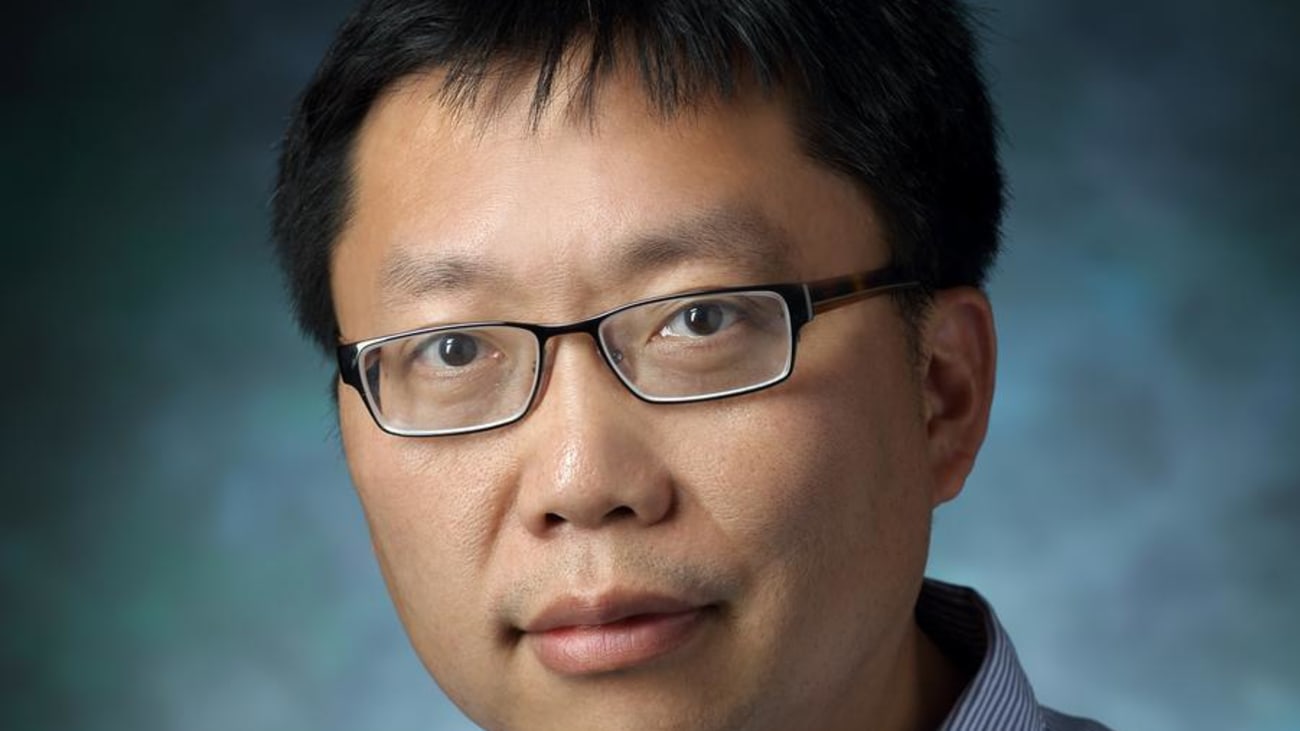
Restore
October 20, 2017
Research at the Johns Hopkins University School of Medicine may ultimately change the course of treatment for brain and spinal cord injuries. Feng-Quan Zhou, orthopaedic surgery and neuroscience researcher, leads the Zhou Lab in the exploration of molecular neuroscience. His current research focuses on epigenetic regulation of neuronal morphogenesis during development and regeneration.
“We are looking for the mechanism that promotes axon regeneration in the peripheral nervous system so we can apply that knowledge to the central nervous system and enable repair of optic nerve and spinal cord injuries,” Zhou explains.
Distance is the major challenge for axon regeneration. In humans, the axon requires three to four years to regenerate because of the axon’s length; axons cannot regenerate fast enough to achieve functional recovery.
By using the short optic nerves of mice, Zhou is working to bridge the distance from the optic nerve injury back to the brain and restore vision. The mouse models used in Zhou’s research have also provided insight into the intrinsic and extrinsic factors of axonal regeneration.
As a neuron matures, there is an intrinsic change in the gene expression to suppress growth, which stabilizes the nervous system. The gene in a segment of DNA can be folded or loose. The loose segment of DNA allows the gene to be exposed to proteins, which bind to the gene and promote gene expression.
“We are focusing on how to get to the more detailed mechanism underlying this change of gene expression during the development of the neuron,” says Zhou.
To manipulate gene expression, Zhou is working to silence the genes that suppress axon regeneration. This will change the pattern of gene expression so other suppressors are inhibited and still others are activated to promote axon regeneration.
Overcoming the inhibitory environment around the axon has led to the discovery that glial cells, which suppress axon regeneration, can be reprogrammed directly into neurons. Instead of harvesting glial cells, researchers can reprogram them via gene expression to expand their purpose. This process is driven by a combination of chemicals. By identifying the chemical combinations needed to change the genes, researchers can change glial cells into neurons that can regenerate.
“It is very exciting,” says Zhou. “We hope to apply this to patients with spinal cord injuries. We are still very far away, but it is possible.”
Zhou’s laboratory also works with the Johns Hopkins Wilmer Eye Institute to analyze the DNA sequencing data that are invaluable to his research. This enables researchers at Johns Hopkins to target multiple neuronal subsets and easily exchange information about breakthrough findings, accelerating the pace of discovery.
“That is the strength of Hopkins,” says Zhou. “It is a huge and diverse institution so you can easily find the resources you need to build on your work.”
